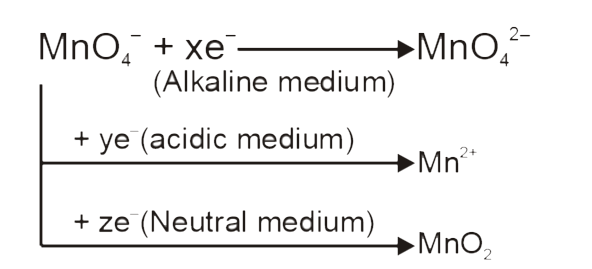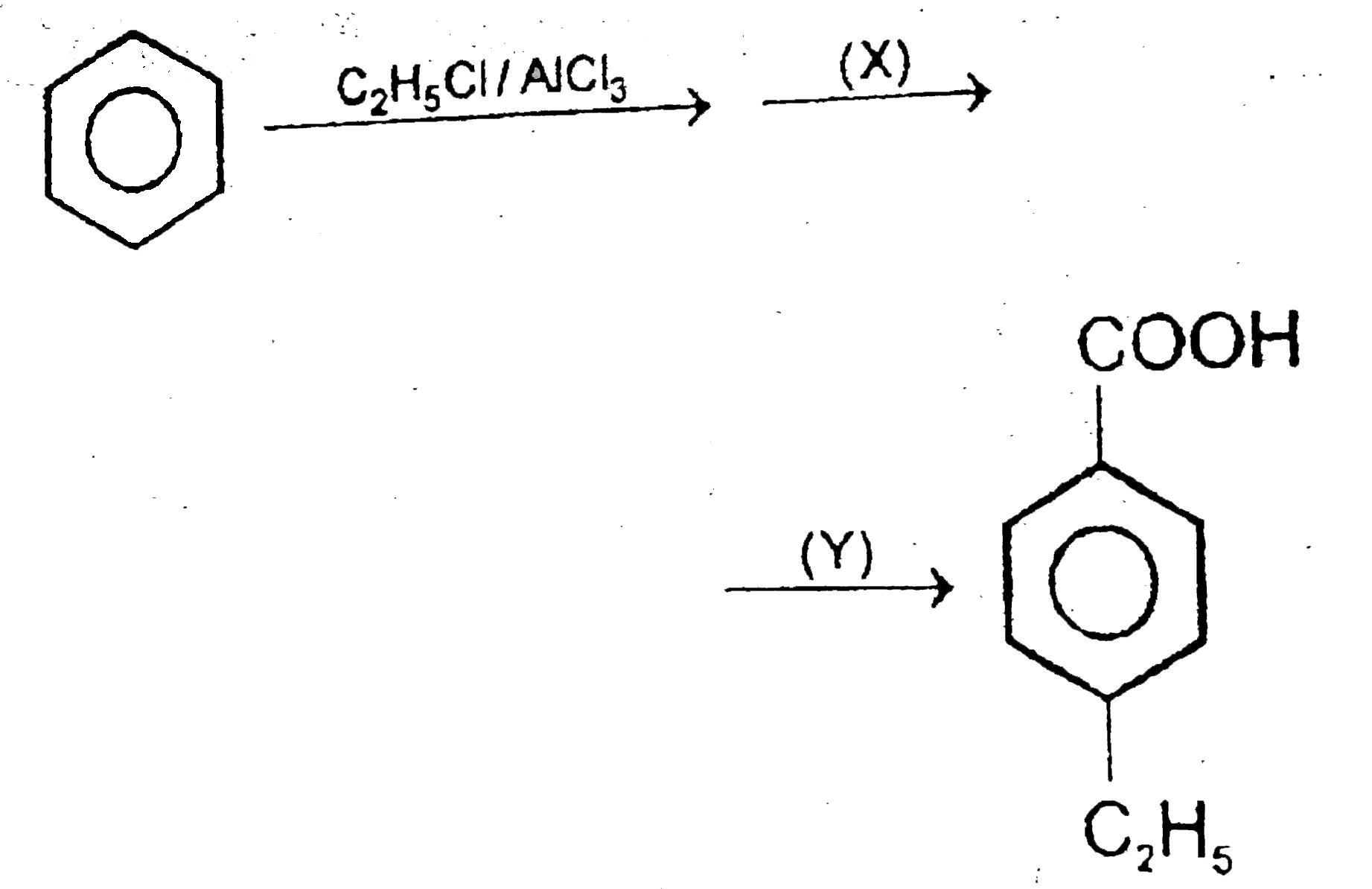The deposition of X and Y on groung surfaces is referred as wet and dry depositions respectively .X and Y are :
X= Ammonium salts , Y=SO2
X=SO2,Y=SO2
X=SO2 , Y= Ammonium salts
X= Ammonium salts , Y=CO2
To solve the question regarding the deposition of X and Y on ground surfaces referred to as wet and dry depositions respectively, we can follow these steps:
Step 1: Understand the Definitions
- Wet Deposition: This refers to the process where pollutants are removed from the atmosphere and deposited on the ground in a dissolved state, typically through precipitation (rain, snow, etc.).
- Dry Deposition: This refers to the process where pollutants settle on surfaces without the involvement of precipitation. This can occur in the form of gases or particulates.
Hint: Remember that wet deposition involves water (precipitation) while dry deposition does not.
Step 2: Identify the Components
- For wet deposition, we typically consider substances that are soluble in water and can be carried by precipitation. Common examples include:
- Ammonium salts (NH4+)
- Nitrate ions (NO3-)
- Sulfate ions (SO4^2-)
- For dry deposition, we look for substances that can exist as gases or particulates. Common examples include:
- Sulfur dioxide (SO2)
- Nitrogen oxides (NOx)
Hint: Think about which substances are likely to dissolve in water versus those that can remain as gases or solids.
Step 3: Match X and Y to the Definitions
- Based on the definitions and examples:
- X (Wet Deposition): Ammonium salts (NH4+)
- Y (Dry Deposition): Sulfur dioxide (SO2)
Hint: Consider the state of each substance and how they interact with the environment.
Step 4: Conclusion
The correct identification based on the definitions and examples provided is:
- X (wet deposition) = Ammonium salts
- Y (dry deposition) = Sulfur dioxide
Final Answer: X is Ammonium salts, and Y is Sulfur dioxide.
- Wet Deposition: This refers to the process where pollutants are removed from the atmosphere and deposited on the ground in a dissolved state, typically through precipitation (rain, snow, etc.).
- Dry Deposition: This refers to the process where pollutants settle on surfaces without the involvement of precipitation. This can occur in the form of gases or particulates.
- For wet deposition, we typically consider substances that are soluble in water and can be carried by precipitation. Common examples include:
- Ammonium salts (NH4+)
- Nitrate ions (NO3-)
- Sulfate ions (SO4^2-)
- Sulfur dioxide (SO2)
- Nitrogen oxides (NOx)
- Based on the definitions and examples:
- X (Wet Deposition): Ammonium salts (NH4+)
- Y (Dry Deposition): Sulfur dioxide (SO2)
The correct identification based on the definitions and examples provided is:
- X (wet deposition) = Ammonium salts
- Y (dry deposition) = Sulfur dioxide
Topper's Solved these Questions
- JEE MAINS 2021BOOK - JEE MAINS PREVIOUS YEARCHAPTER - JEE MAINS 2021EXERCISE - Chemistry Section B
20 Videos
- JEE MAINS 2021BOOK - JEE MAINS PREVIOUS YEARCHAPTER - JEE MAINS 2021EXERCISE - Chemistry (Section A)
80 Videos
- JEE MAINS 2021BOOK - JEE MAINS PREVIOUS YEARCHAPTER - JEE MAINS 2021EXERCISE - CHEMISTRY (SECTION-B)
40 Videos
- JEE MAINS 2020BOOK - JEE MAINS PREVIOUS YEARCHAPTER - JEE MAINS 2020EXERCISE - CHEMSITRY
25 Videos
- JEE MAINS 2022BOOK - JEE MAINS PREVIOUS YEARCHAPTER - JEE MAINS 2022EXERCISE - CHEMISTRY (SECTION-B)
10 Videos
Similar Questions
Knowledge Check

X, Y and Z, respectively are :A B
B Cin all cases X of (1)Din all cases Y of (1)
Cin all cases X of (1)Din all cases Y of (1)
x,y and z are respectivelyA1,2,3B1,5,3C1,3,5D5,3,1
x,y and z are respectively-A1,2,3B1,5,3C1,3,5D5,3,1


 X and Y respectively are
X and Y respectively are 
 X and Y are respectively :
X and Y are respectively :
